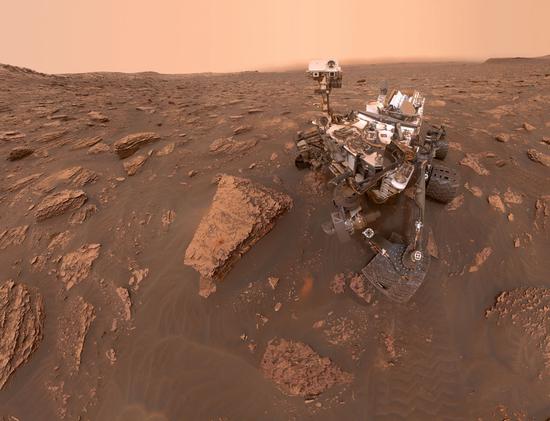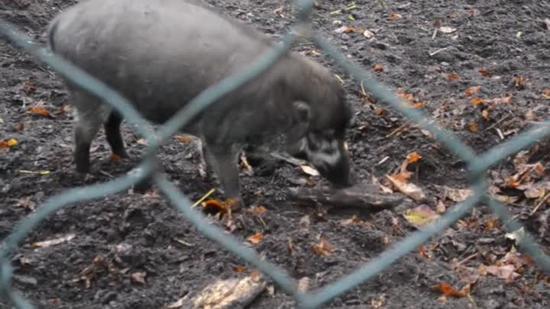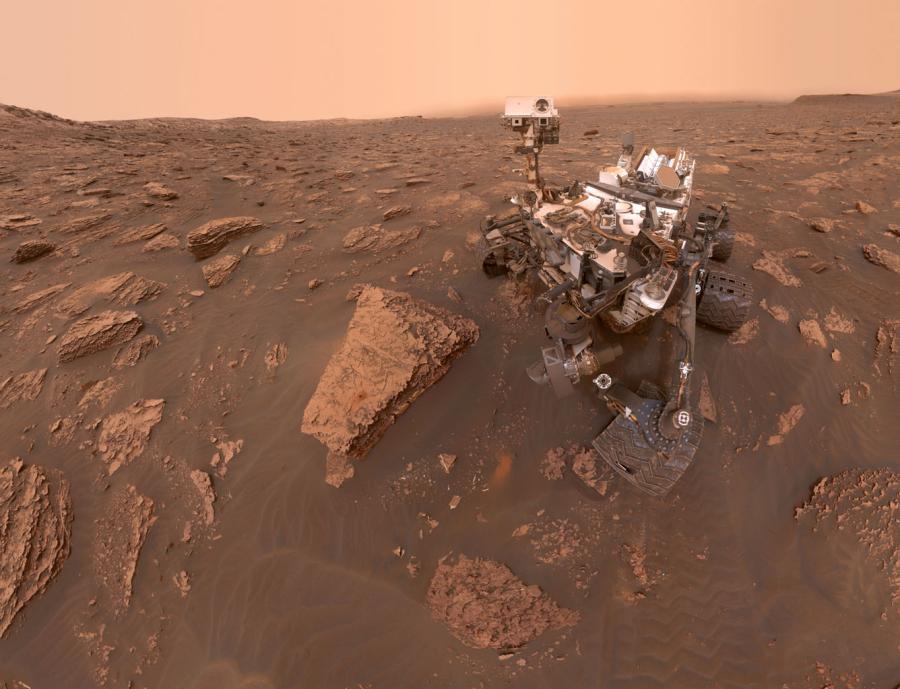
Since it landed on Mars in 2012 NASA's Curiosity rover has been exploring Gale Crater, a vast, dry ancient lake bed with a mountain at its center. Now, Curiosity has found sediments containing sulfate salt in the crater, which suggest it once held salty lakes. A range of salts have been found on Mars in different locations. Researchers interpret these as evidence of ancient brines. Salty water formations seemed to increase on the Martian surface as the planet transitioned to an arid climate 3.5 billion years ago. The new detection of sulfate salts came from sedimentary rocks dated to between 3.3 and 3.7 billion years ago. Curiosity has analyzed other, older rocks on Mars and didn't detect these salts in them. (Photo/NASA)
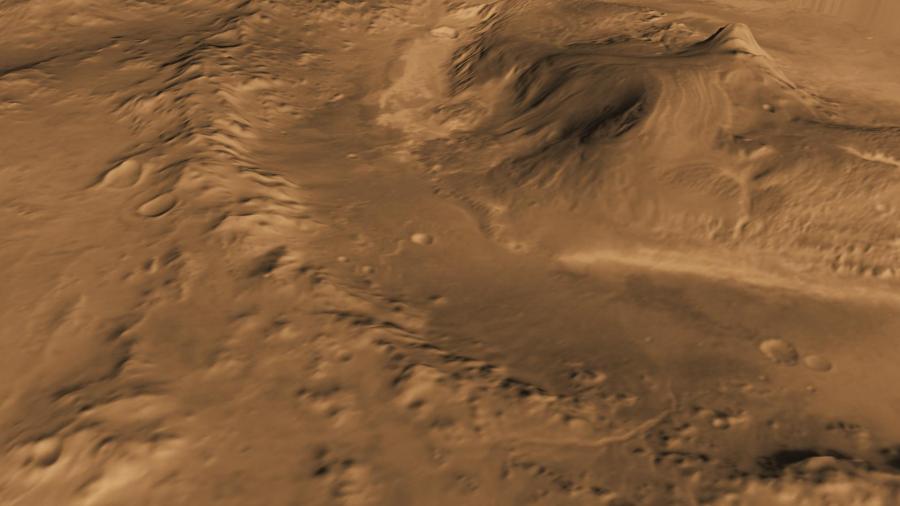
Since it landed on Mars in 2012 NASA's Curiosity rover has been exploring Gale Crater, a vast, dry ancient lake bed with a mountain at its center. Now, Curiosity has found sediments containing sulfate salt in the crater, which suggest it once held salty lakes. A range of salts have been found on Mars in different locations. Researchers interpret these as evidence of ancient brines. Salty water formations seemed to increase on the Martian surface as the planet transitioned to an arid climate 3.5 billion years ago. The new detection of sulfate salts came from sedimentary rocks dated to between 3.3 and 3.7 billion years ago. Curiosity has analyzed other, older rocks on Mars and didn't detect these salts in them. (Photo/NASA)
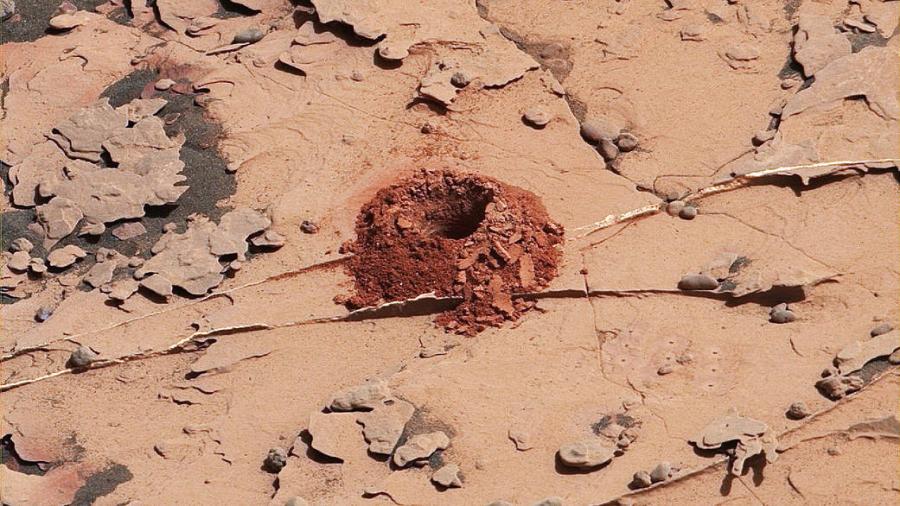
Since it landed on Mars in 2012 NASA's Curiosity rover has been exploring Gale Crater, a vast, dry ancient lake bed with a mountain at its center. Now, Curiosity has found sediments containing sulfate salt in the crater, which suggest it once held salty lakes. A range of salts have been found on Mars in different locations. Researchers interpret these as evidence of ancient brines. Salty water formations seemed to increase on the Martian surface as the planet transitioned to an arid climate 3.5 billion years ago. The new detection of sulfate salts came from sedimentary rocks dated to between 3.3 and 3.7 billion years ago. Curiosity has analyzed other, older rocks on Mars and didn't detect these salts in them. (Photo/NASA)
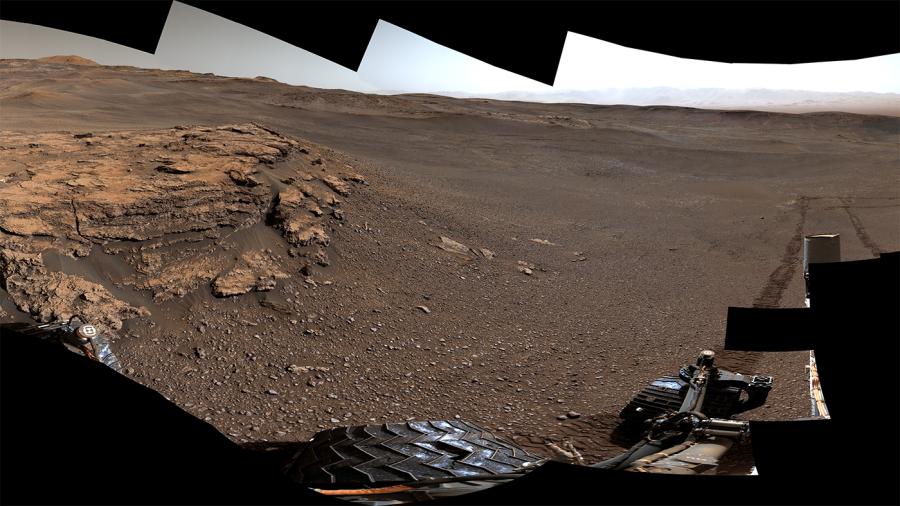
Since it landed on Mars in 2012 NASA's Curiosity rover has been exploring Gale Crater, a vast, dry ancient lake bed with a mountain at its center. Now, Curiosity has found sediments containing sulfate salt in the crater, which suggest it once held salty lakes. A range of salts have been found on Mars in different locations. Researchers interpret these as evidence of ancient brines. Salty water formations seemed to increase on the Martian surface as the planet transitioned to an arid climate 3.5 billion years ago. The new detection of sulfate salts came from sedimentary rocks dated to between 3.3 and 3.7 billion years ago. Curiosity has analyzed other, older rocks on Mars and didn't detect these salts in them. (Photo/NASA)

